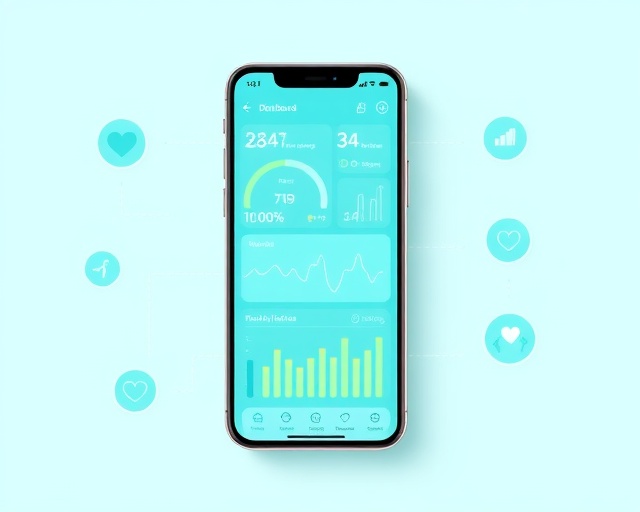Understanding the Biopsychosocial Model
A comprehensive framework for understanding Functional Neurological Disorder through the interconnection of mind, body, and environment
What is the Biopsychosocial Model?
Functional Neurological Disorder (FND) is best understood through what's called the biopsychosocial model. It simply means that symptoms are shaped by a combination of biological, psychological, and social factors — all of which interact.
This model helps clinicians and patients look beyond a single cause. It recognises that symptoms are real, complex, and often reversible through a combination of medical care, therapy, and self-management strategies.
At Neurolog, we use this model as a foundation — helping you see how physical symptoms, emotions, and environment connect, so you can take informed steps toward recovery.
Holistic Understanding
Considers all aspects of your experience
Interconnected Factors
Recognizes how different elements influence each other
Recovery Focused
Provides pathways for improvement and healing
The Three Interconnected Factors
Each factor plays a crucial role in understanding and managing FND symptoms
Biological
How the brain and nervous system send and receive signals
Psychological
How stress, attention, and emotional processing affect those signals
Social
How life events, relationships, and environment influence recovery
These factors don't work in isolation
They constantly influence each other, creating a complex but manageable web of interactions that shape your FND experience.
Why This Model Matters

Validates Your Experience
Recognizes that your symptoms are real and complex, not "all in your head"
Reduces Stigma
Moves away from blame and toward understanding the full picture
Guides Treatment
Helps healthcare providers develop comprehensive, personalized care plans
Empowers Recovery
Shows that symptoms are often reversible through targeted interventions
Moving Beyond Single-Cause Thinking
Traditional Approach
- • Looks for single cause
- • "It's physical" or "it's psychological"
- • Limited treatment options
- • Can lead to frustration
Biopsychosocial Approach
- • Considers multiple factors
- • "It's complex and interconnected"
- • Multiple treatment pathways
- • Promotes hope and recovery
How Neurolog Uses This Framework
Our platform is built around the biopsychosocial model, helping you track and understand the connections between different aspects of your health
Track Physical Symptoms
Monitor biological factors like symptom patterns, triggers, and physical responses
Monitor Emotional Wellbeing
Track psychological factors including mood, stress levels, and coping strategies
Record Life Events
Document social factors like relationships, work stress, and environmental changes
See the Connections
Identify patterns between physical symptoms and emotional states
Understand how social events impact your wellbeing
Share comprehensive data with your healthcare team
Make informed decisions about your care and recovery

Ready to Start Your Journey?
Begin tracking your symptoms through the biopsychosocial lens and discover the connections that matter for your recovery.
Get Started with Neurolog